The Covid Diaries 100 – Museum of the Order of St John
Hiding in plain sight, this small London museum is a wonderful discovery. And a guided tour is the perfect way to get to grips with the history of the Order of St John, and peek behind the scenes.

The Museum Of The Order Of St John
That’s quite a mouthful – what does it really mean? Let’s start with the Order of St John. Most of you will be familiar with St John’s Ambulance; the most visible manifestation of today’s Order. The Order runs first aid, healthcare and support services in more than 35 countries (there is a significant overlap with Commonwealth/former British colonial territories). You may have seen them at a sports match. You may have done your first aid certificate with them. Or you may volunteer with them or know someone who does.
The fact that this is a chivalric order, however, is a hint that the Order of St John dates much further back than its 19th Century revival. Ever heard of the Knights Hospitaller? Well, this is them. The original order of St John was founded in Jerusalem in the 11th Century to care for sick pilgrims. The advent of the Crusades caused the Order to become militarised. As the balance of power shifted in the Mediterranean over the centuries, they relocated to Acre, Cyprus, Rhodes, Malta. It was Napoleon who finally brought down the original Order by capturing Malta; smaller local groups persisted, however.
At the same time as maintaining a main base of power, the Order of St John built up local property networks, organised into priories and ‘commanderies’. These generated income to finance military campaigns and their care for the sick. One such priory was at Clerkenwell in London. From humble origins, it grew to be one of the richest religious sites in England, with the Prior wielding immense political power. Henry VIII seized the priory and its wealth in the Reformation; despite a brief restoration under Queen Mary, that was more or less the end of things. The buildings were put to different uses, and many of them disappeared. Today we largely need to use our imaginations to restore the site to its former glory.

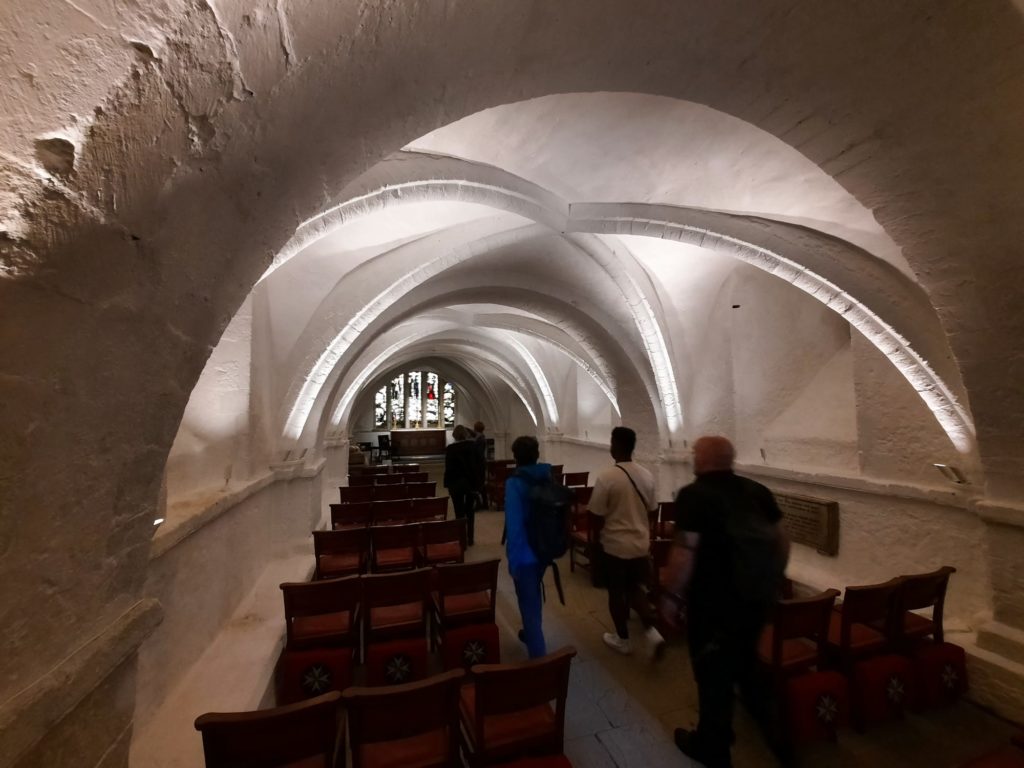
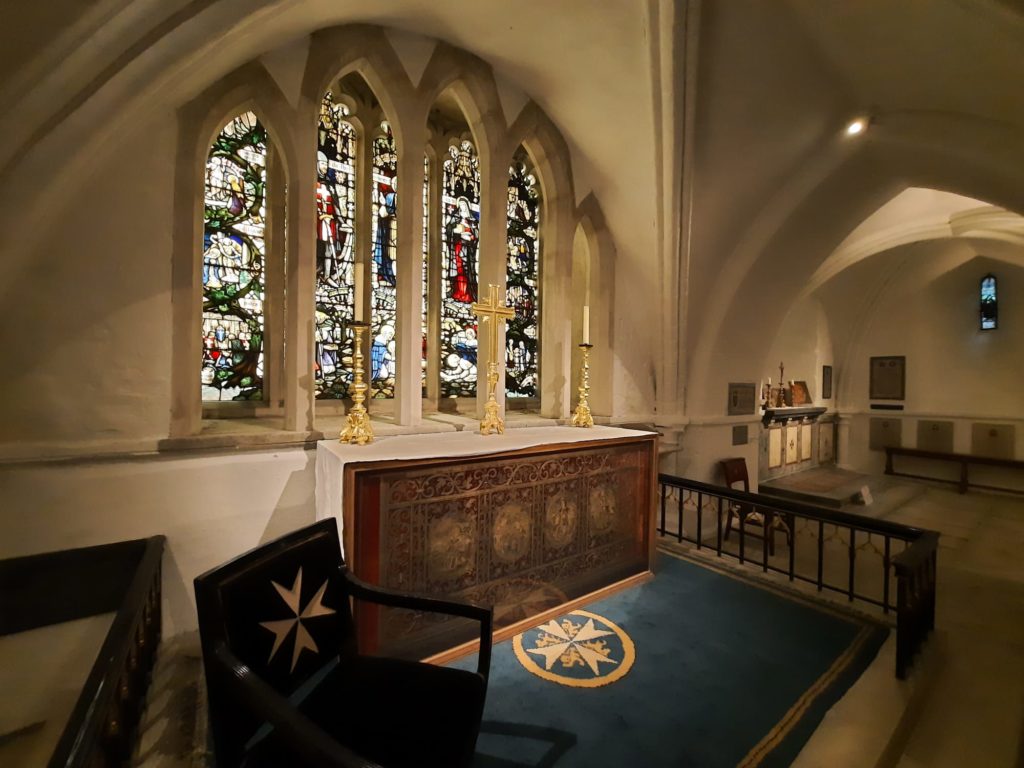

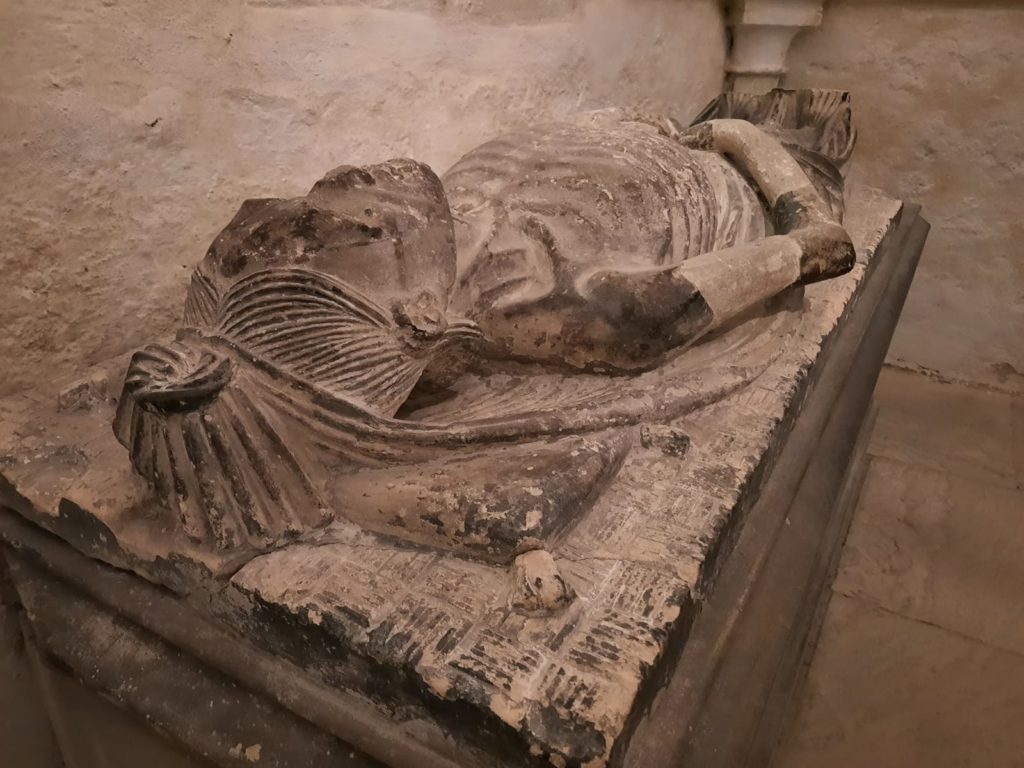
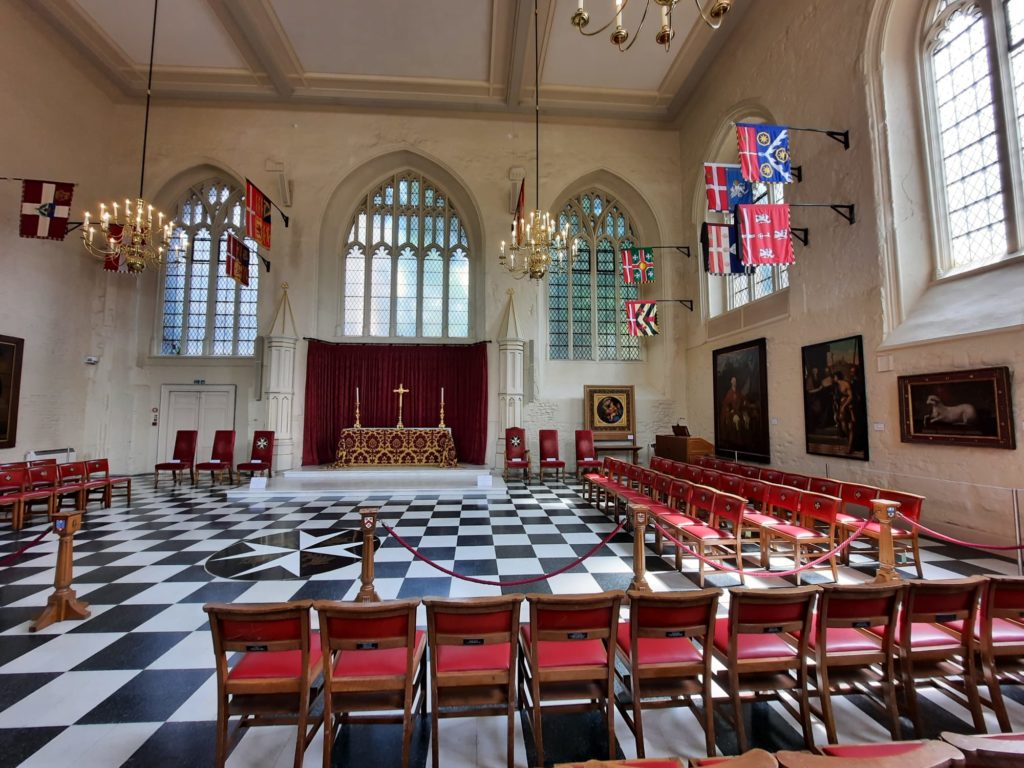
Behind The Scenes With A Historical Tour
Thanks to the Victorian revival of the Order in England, the remaining historic footprint of the Order of St John in London is very much alive and well. On the site of the Clerkenwell Priory are two buildings – a gatehouse, which is the site of the main Museum of the Order of St John; and a church with a small exhibition space and medicinal garden. Regular readers know I a) am a big history nerd and b) love a guided tour, so I decided that my first visit to the museum should include one of two themed tours currently on offer.
The tour I chose focuses on the early history of the Order. The highlight for me was that it allows access to the 12th Century crypt of the priory church. Our very knowledgeable guide conjured the medieval priory out of the streets of Clerkenwell, explaining what life was like, how the priory operated, and how it interacted with the international Order. The priory church is a post-war rebuild, but the crypt felt quite special, plain as it was. There are some great tomb sculptures, and other artworks commemorating past priors.
Tours last 45 minutes, and I would highly recommend them. I got so much more out of doing the tour before looking in the museum than I would have from the museum alone. The tour I didn’t choose focuses on the revival of the Order and takes you to the spectacular Victorian interiors of the gatehouse, so there are no poor choices.
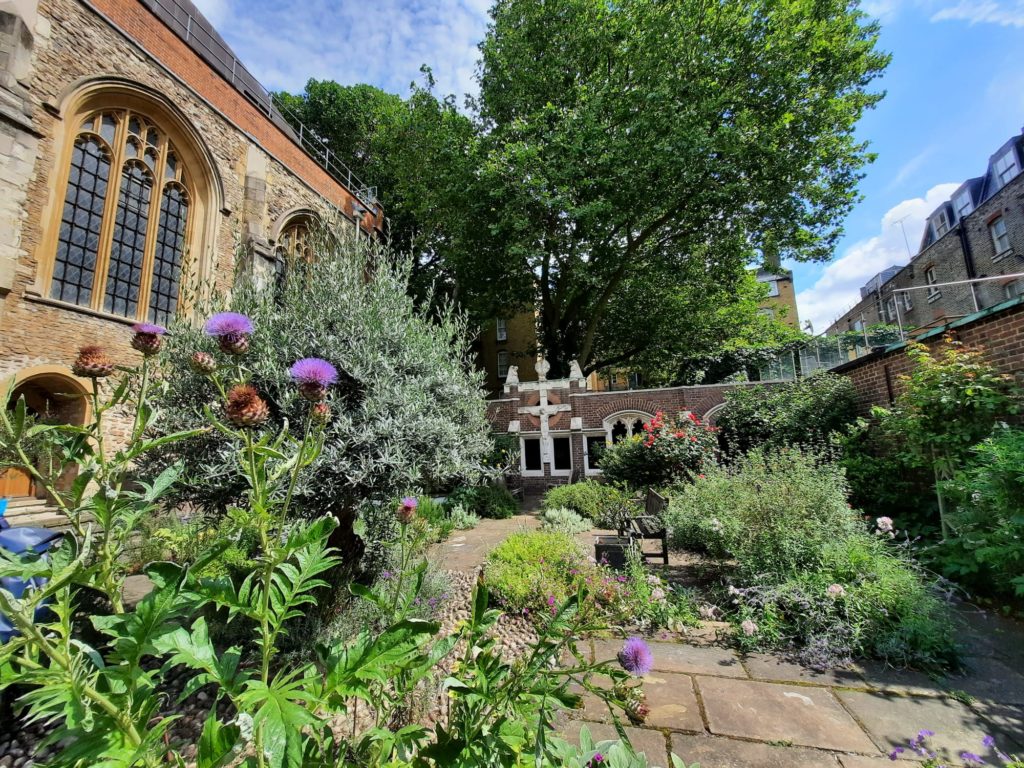

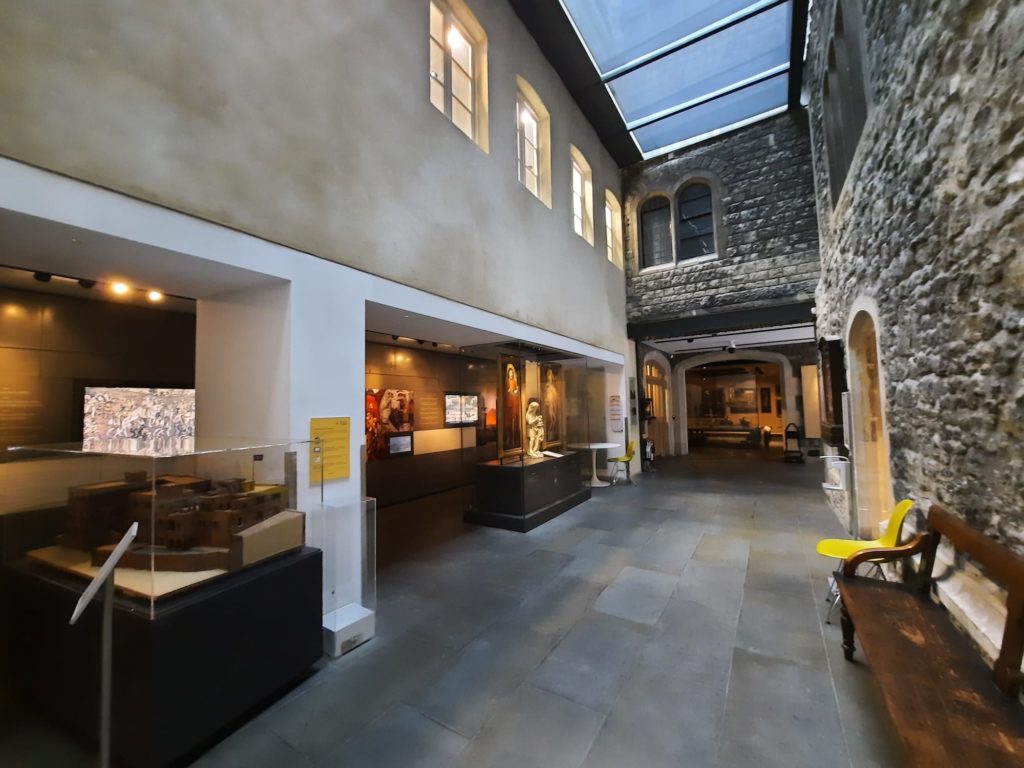

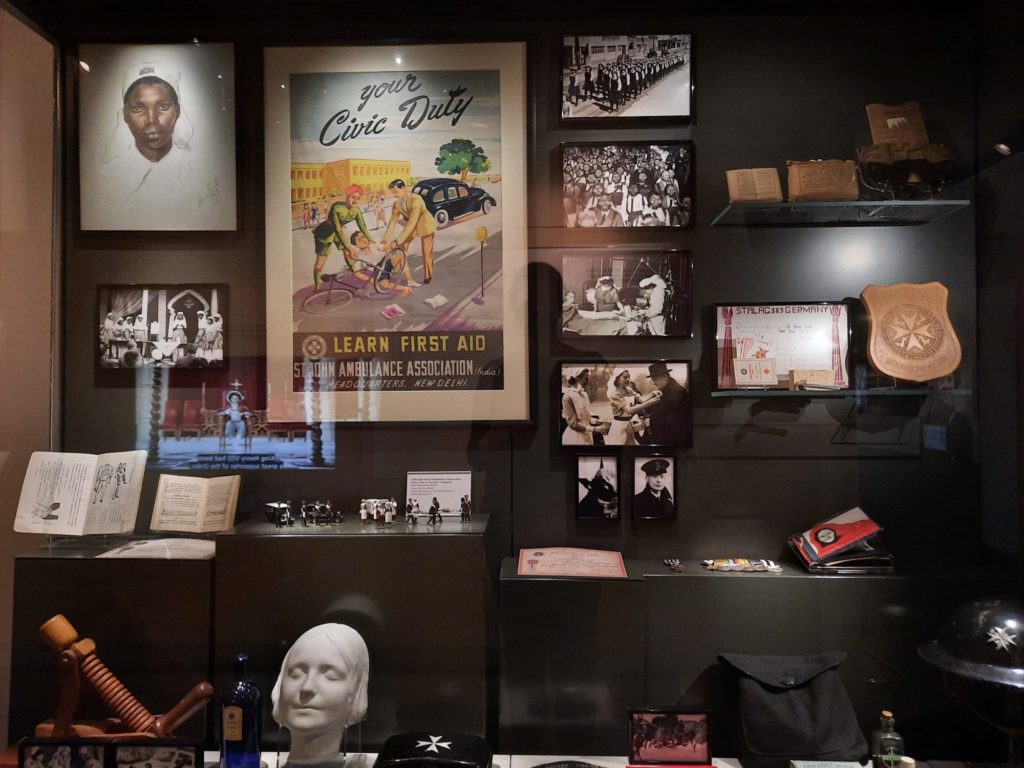

And Now For The Museum
The museum itself is a real gem. There has been a museum here for over a century, but visitors today really benefit from a major redevelopment about 10 years ago. Today’s Museum of the Order of St John is object-led, interactive, and informative. In only a couple of rooms, it tells the story of the Order old and new; the work of St John’s Ambulance today; and the history of the London priory. You can tell that the collection is a bit of a jumble of objects donated over the years (some links more tenuous than others), but the overall effect is impressive.
Having a second museum space near the cloister garden is a great idea; this way any casual passers by can learn more, and will hopefully want to visit the main museum. The focus of this smaller gallery is to evoke life in the medieval priory – how the priory was organised; what rich visitors and poor patients ate; the extreme wealth that the priory amassed before the Reformation. Having just been on the tour, seeing excavated objects really brought my imagination to life.
I really marvel at the way London continues to surprise me after more than a decade living here. I used to work not far away in Farringdon, and had no idea this museum existed. It’s a space which is bound to delight history lovers, particularly when paired with a walking tour. And I’m so happy to see it open again as restrictions tail off, so do get along and support them if this review has appealed to you!
On its own merits: 4/5
Implementing Covid measures: 4/5
Find out what other gems London has to offer:
If you see this after your page is loaded completely, leafletJS files are missing.

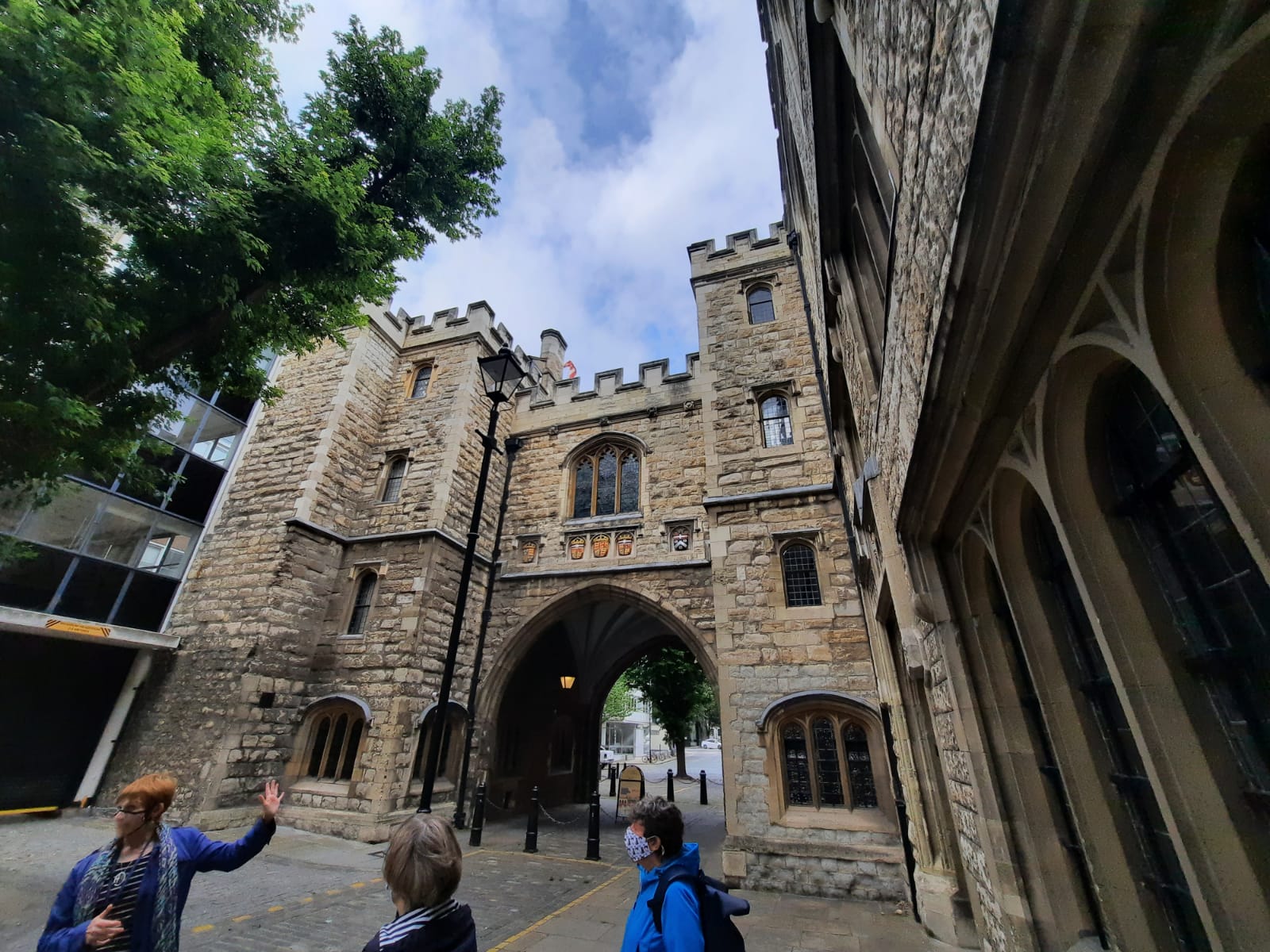
One thought on “The Covid Diaries 100 – Museum of the Order of St John”